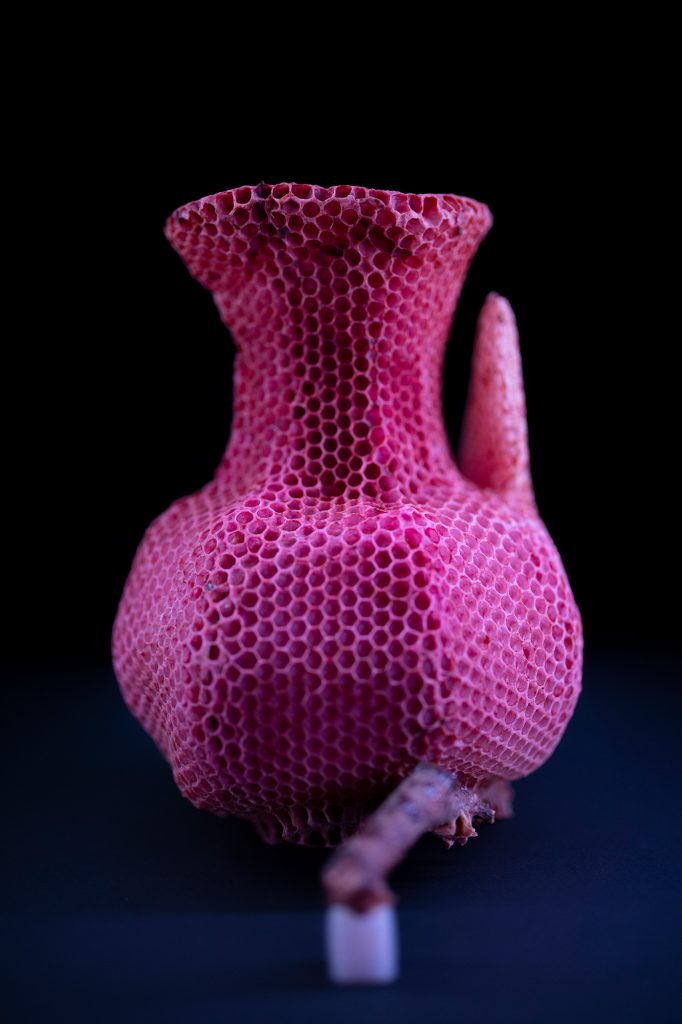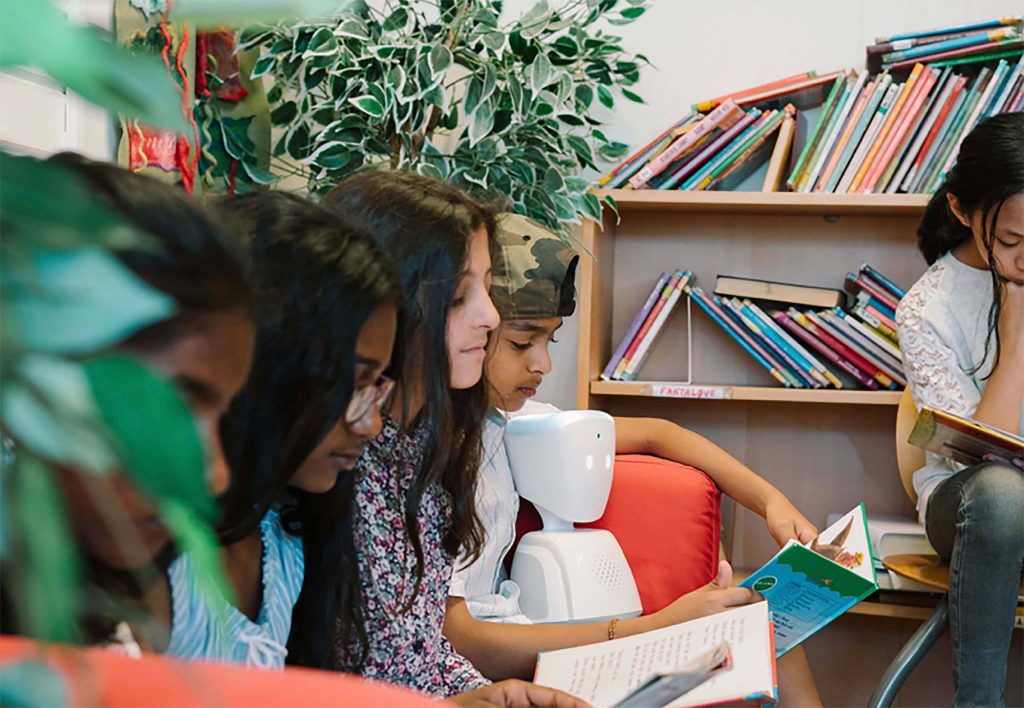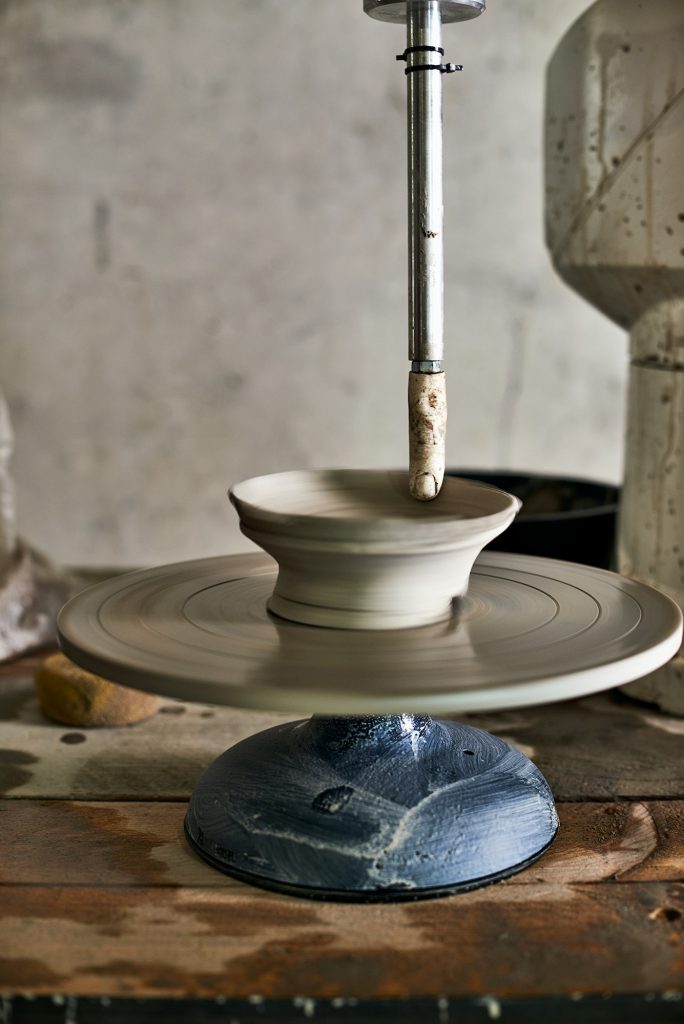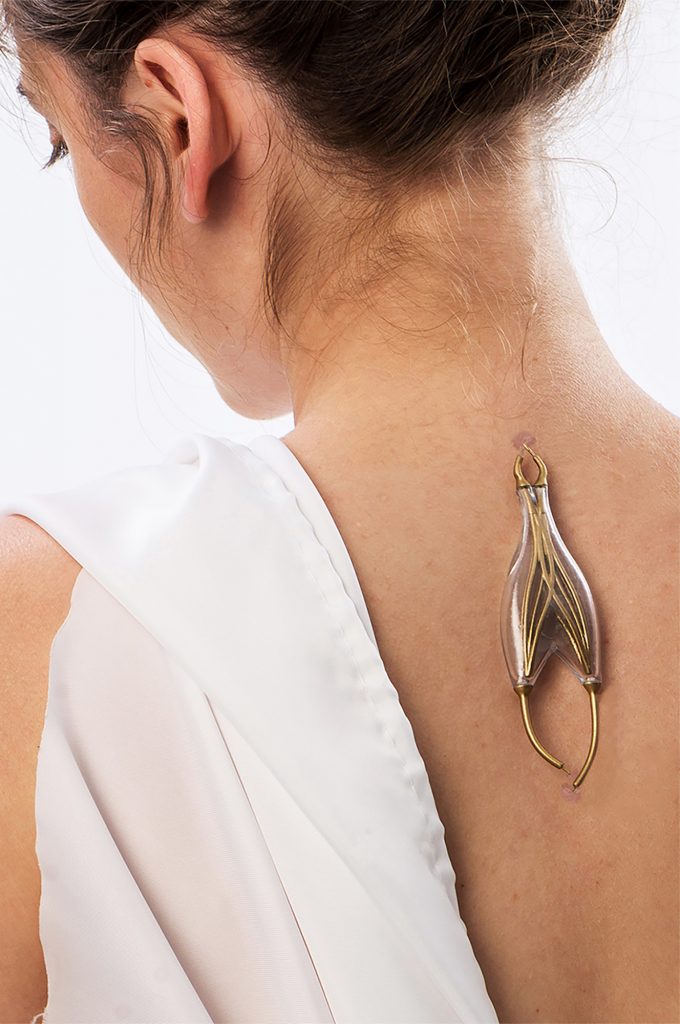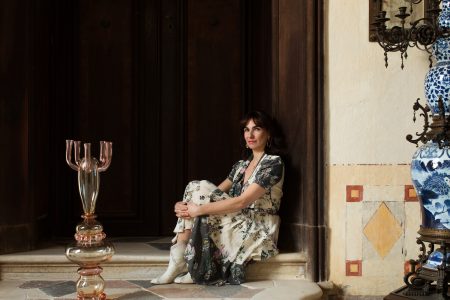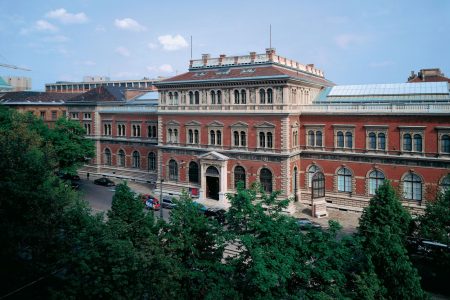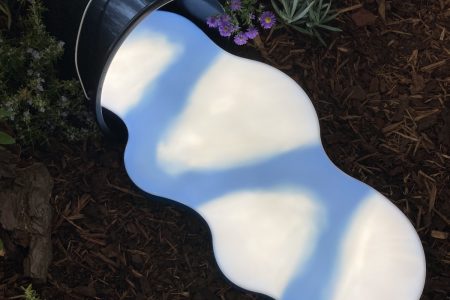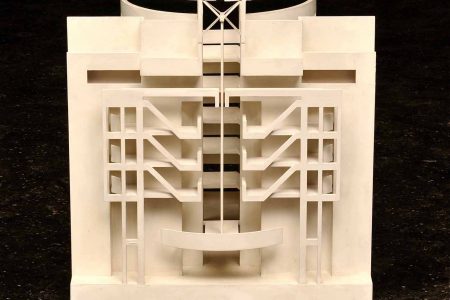MAK Design Lab: shaping our future
For this year’s Vienna Biennale the MAK DESIGN LAB is reinstalled. The presentation explores the role of design in this digitalized era using over 500 objects.
In the context of this year’s Vienna Biennale for Change 2019, the MAK DESIGN LAB is reinstalled to open next week again. Topics and approaches of the Biennale will be translated into a permanent museum presentation. The Design Lab has a multi-faceted approach and presents selected positions and projects. Its goal is to prove design at the interface between everyday life, society, digitization and climate change. These topics -that are relevant to all- are addressed to shape the way we live together.
Our daily life and work are increasingly accompanied by digital and artificial technologies. Which is fundamentally changing our social fabric. Besides, our natural living space is becoming scarcer and resources are exhausted. In this context, the design is located between preservation and innovation of the human body, the ecological balance of planet earth and of society in general.
Much like the previous MAK DESIGN LAB, the exhibition covers approximately 2000 square meters. It demonstrates the myriad of ways design contributes to positive thinking. Which is, according to the exhibition, no longer about making ‘things’. Ultimately, the design is an attitude, a way to initiate change and conceive possible new solutions. The presentation functions as a dialogue between a contemporary and historical position. It shows how design has changed and how everyday objects already influenced apparent continuous change in previous centuries.
All possibilities that are available to us in this digital era fundamentally change our relationship to the planet. Digital innovation provides both exciting and daunting design possibilities to shape our future. In order to do so there is a multitude of questions we need to ask ourselves: how and what do we want to produce in a post-growth society? How can we succeed in cooperating in a fair, sustainable, and meaningful way? What can welfare economics imply for the market economy? What role will digital education play for work in the future? How will we have to change our habits and consumption patterns to restore functioning cycles? And what can a good life look like after the current overabundance?
The MAK DESIGN LAB explores these questions in eight rooms and eleven topic areas. Here, contemporary projects provide solutions using approximately 500 objects. Also, different tools, scientific research, and technologies are presented. Using imagination, creativity, playful experiments, and a holistic view, the MAK DESIGN LAB will draw attention to the consequences of our current lifestyle but also to what innovative solutions could imply for the individual.
